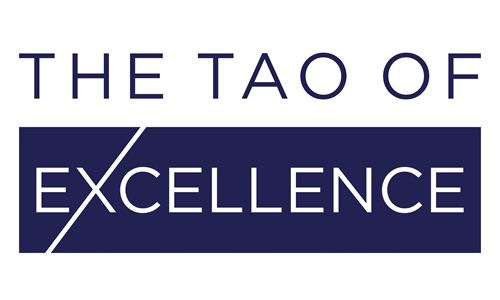The medical device industry is built on defined processes. These make sure that tasks are completed in a consistent, efficient and documented way, whilst also meeting the required regulatory compliance for this market. In order to operate in most global markets, organizations must meet the current ISO 9001 and ISO 13485:2016 standard that requires companies to implement a comprehensive Quality Management System for the design and manufacture of medical devices.
For this, organizations must have an in-depth understanding of their company’s processes and the connections between them. Including, both the processes for production and those required to operate the company.
This is a complex task where visualization can be far more effective tool than the written word. Process maps can illustrate how processes flow and link together, making individual processes more understandable as well as how they operate in the context of the wider organization.
These visual maps can then be used as both a training tool for employees and as a guide to show where and how efficiency can be increased. Additionally, process maps can be very useful in audits to explain how a company conducts its work to meet regulatory requirements.
Making a map as a snapshot of a company is however just one side of the equation. To fully meet requirements for compliance, process maps must be maintained and remain flexible to updates to regulations.
Maintaining process maps can be as difficult or even more complex than the original mapping of a process. Yet, once complete, process maps can illuminate and streamline procedures, improving efficiency and productivity that will ensure the success of its Quality Management System and as such the operating future of a company.
Find the right system.
There are a number of different models that can be applied to create a process map, so selecting the right system for an organization will be an important step. Each model will have its own strengths and weaknesses when compared to the current organizational structure of a company—so, what might be a drawback for one may be an advantage for another. Fully understanding the system is therefore key in finding the best fit for the company.
The most frequently used model is the Deming Cycle. However, The Tao of Excellence has also successfully used a number of other models, such as SIPOC, Porter chart, Valuestream mapping and turtle diagrams. Whilst each has its own deficiencies when connected to a specific company, experience has shown that most fit well with a wide range of organizational structures.
The selected system should also be easy to maintain—a step proven to be as complex and important as the making of the initial map—and it should not only ensure that the company meets its regulatory requirements, but also supports employees in their daily tasks, increasing their understanding of the company as a whole.
Make it accessible.
Once a system has been selected and the processes mapped accordingly, the resulting work should be made available to the entire company, preferably through an appropriate IT infrastructure. That infrastructure should be effective and easy to use whilst also supporting the system for maintaining the process maps. Make any aspect of this too complicated and the system will go unused and not be maintained.
In an integrative closed-loop Quality Management System, the system used for process mapping should link to the document management system. That way the company can easily identify the documents related to different processes and see how the documents connect and interact.
When one of the process-related documents is updated or changed, an integrative system allows any corresponding maps or linked documents to be easily updated at the same time. For example, in the event that a document linked to several other documents is changed, the author would need to inform other authors of the change for any corresponding information to be updated. An effective process map ensures this communication is clear, straightforward and immediate.
Use it to improve and innovate.
Lastly, whilst regulatory compliance may be the trigger for implementing a system for process mapping, companies also have the opportunity to capitalize on the project’s momentum—using the same process map to drive improvement efforts within the company.
These two objectives can therefore be cleverly combined into one project to provide a cost-effective solution that will see both the regulatory requirements met and the findings used to improve efficiency and even innovate a company at the same time.
The Tao of Excellence has in-depth experience implementing different process mapping models for a wide range of organizations. They also have expertise in process engineering and developing Quality Management Systems to significantly improve the performance of processes. Contact The Tao of Excellence today for further information or advice on how to effectively implement and maintain the right process mapping system for your company’s future.
Phone
+41 52 685 51 65
Email
[email protected]
Did you like this article? Follow us on LinkedIn and Twitter!


